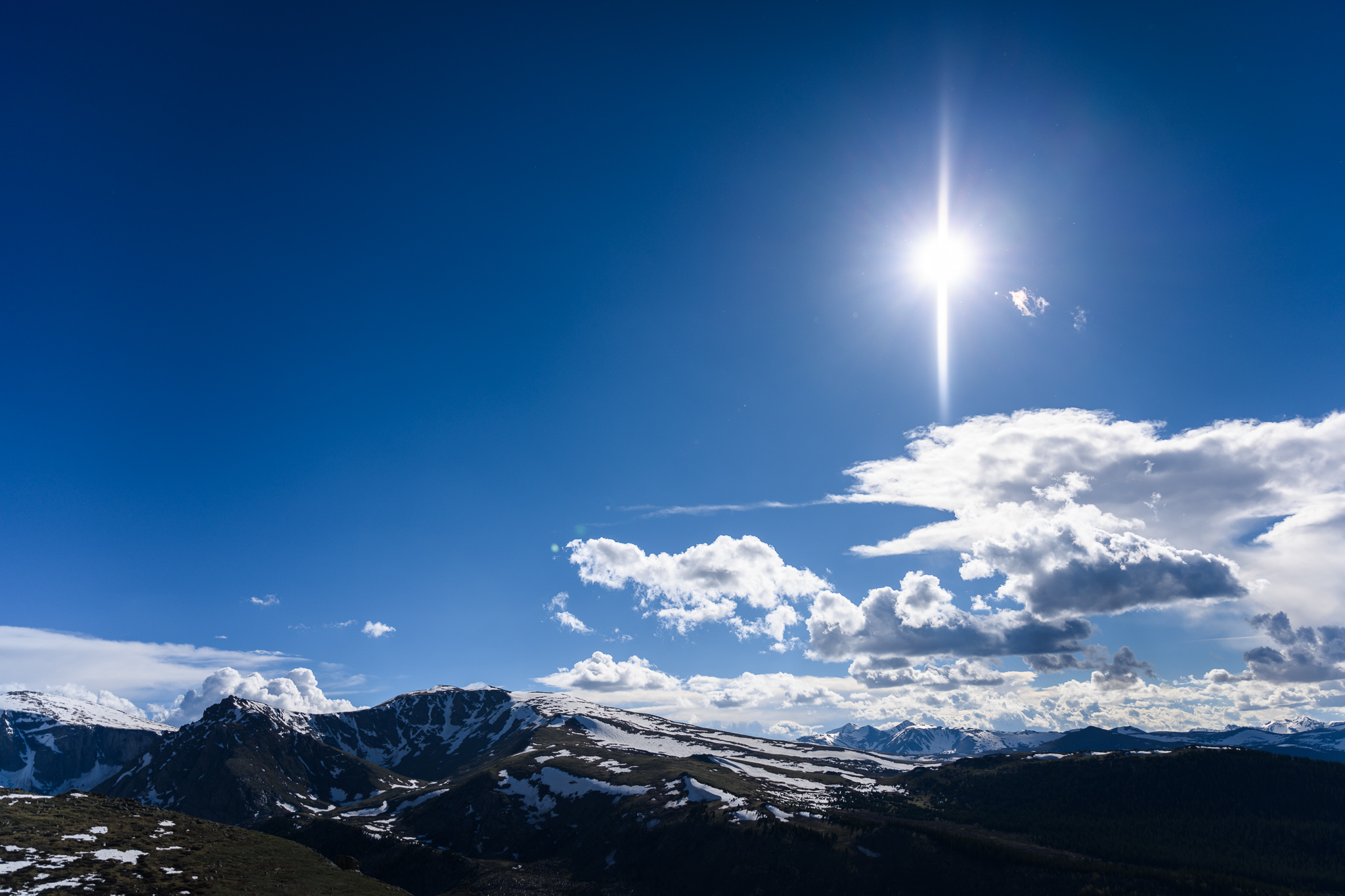MediaArchivist
Veteran Member
I a currently using an a7Rv for concert photography, my previous camera was an a99ii (and an a99 and a77 prior to that). I am taking full advantage of all of the a7Rv features to mitigate the effects of stage light flicker (LED lights currently the de rigueur everywhere). Despite the quite noticeable improvements (bravo to Sony), I still get results like this sometimes:
Note the obvious banding through the middle of the singer's head.
The master solution to this (of course) is a global shutter like the a9iii, but I don't want to regress that far in resolution. I really like 60+ Mp.
50Mp on the a1ii is sufficient for my wants and needs. My question is, will all of the speed enhancements of the a1ii (compared to a7Rv) help with this type of banding? I know it won't completely eliminate banding all the time, but will it be "better"?
--
Want a roXplosion!?
Note the obvious banding through the middle of the singer's head.
The master solution to this (of course) is a global shutter like the a9iii, but I don't want to regress that far in resolution. I really like 60+ Mp.
50Mp on the a1ii is sufficient for my wants and needs. My question is, will all of the speed enhancements of the a1ii (compared to a7Rv) help with this type of banding? I know it won't completely eliminate banding all the time, but will it be "better"?
--
Want a roXplosion!?



